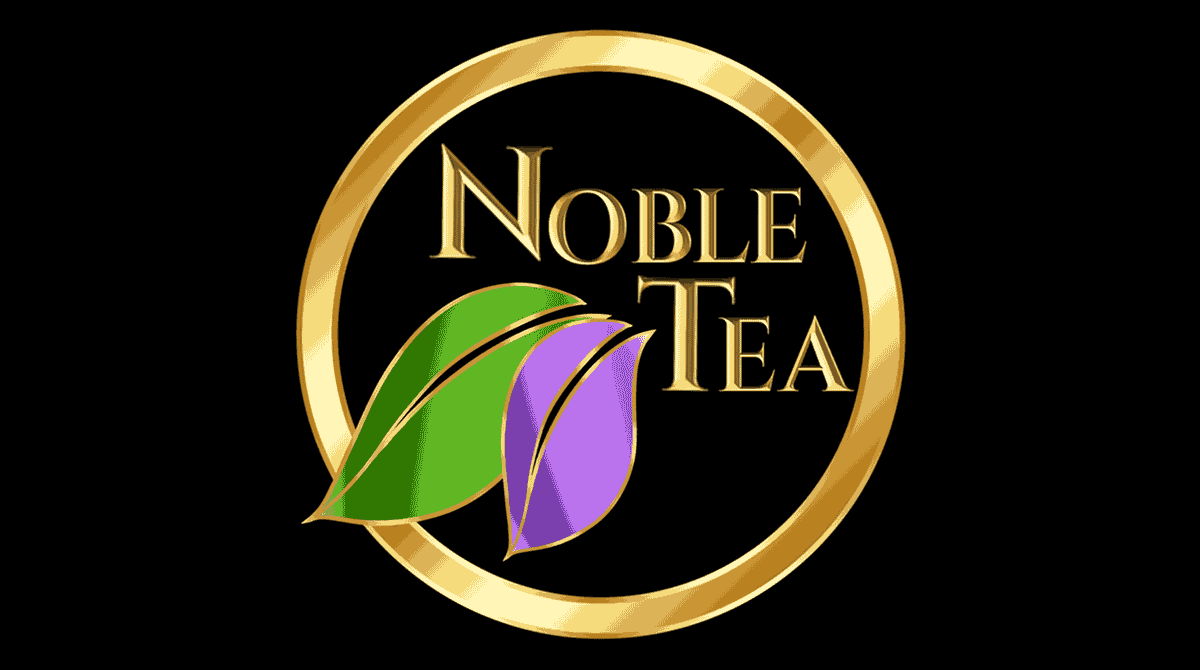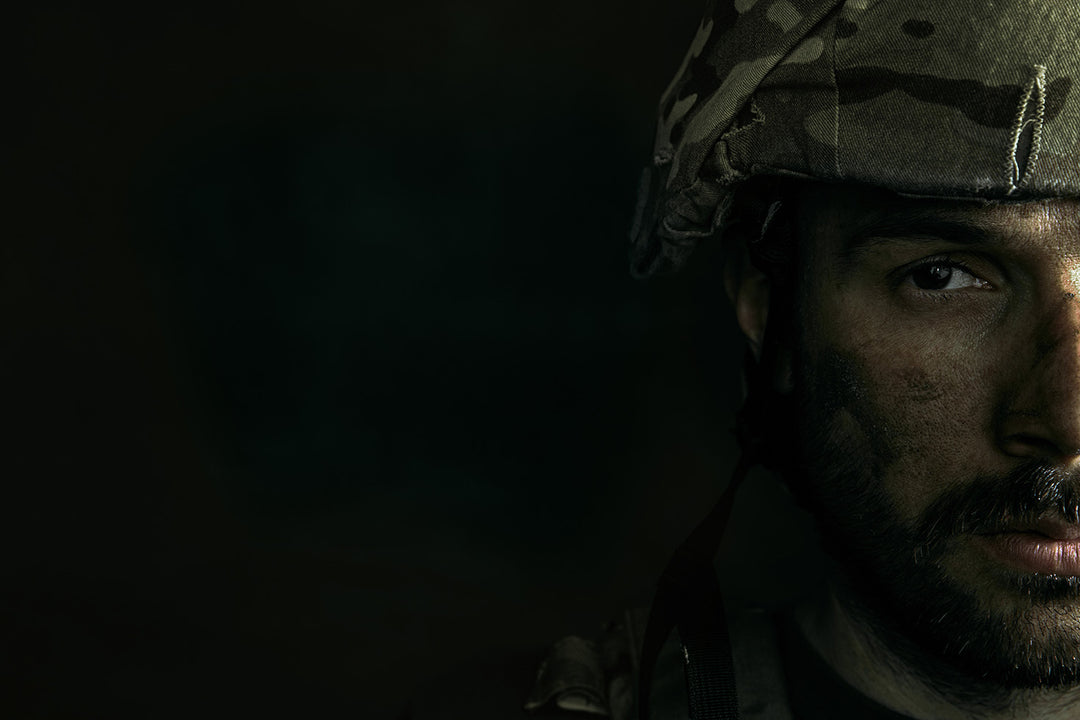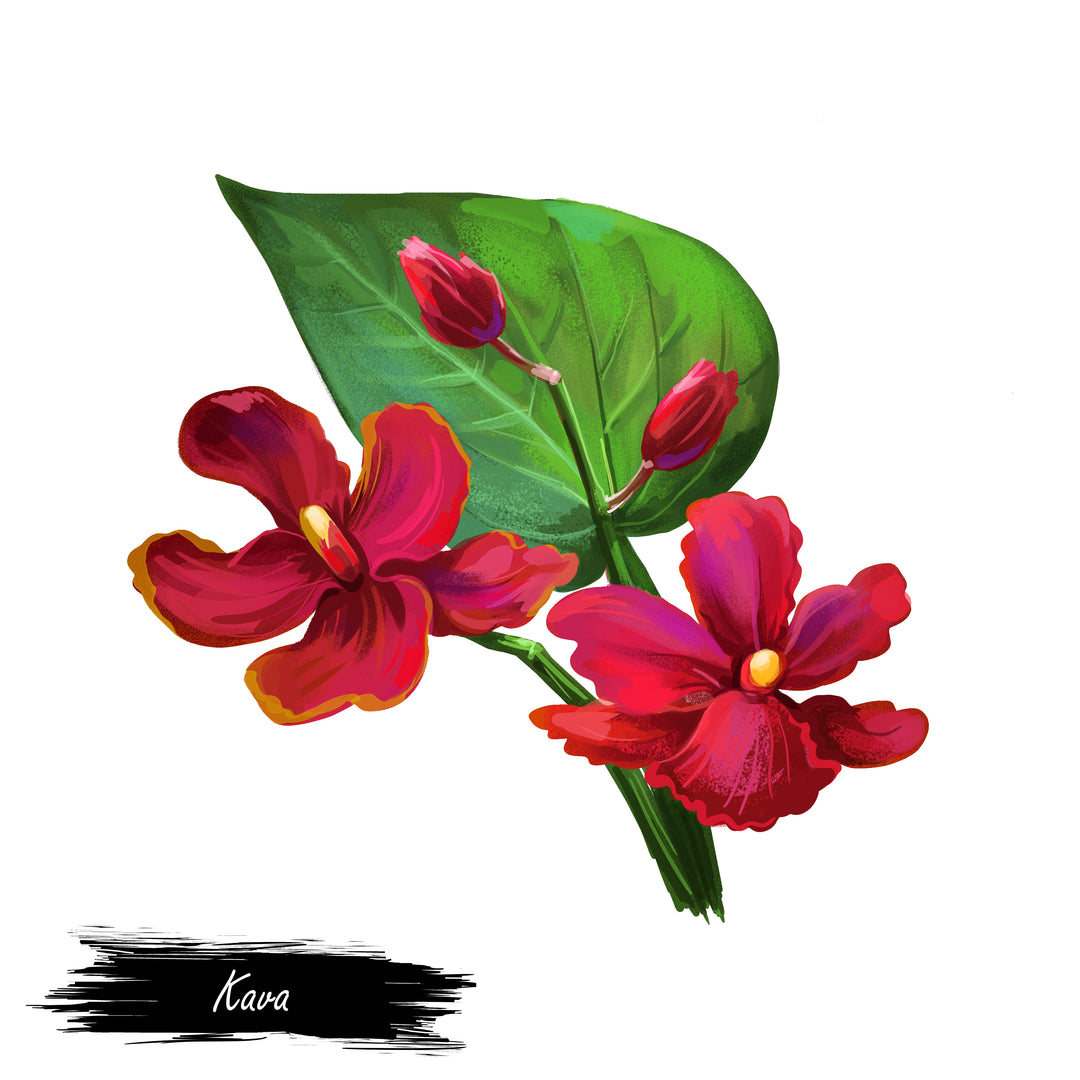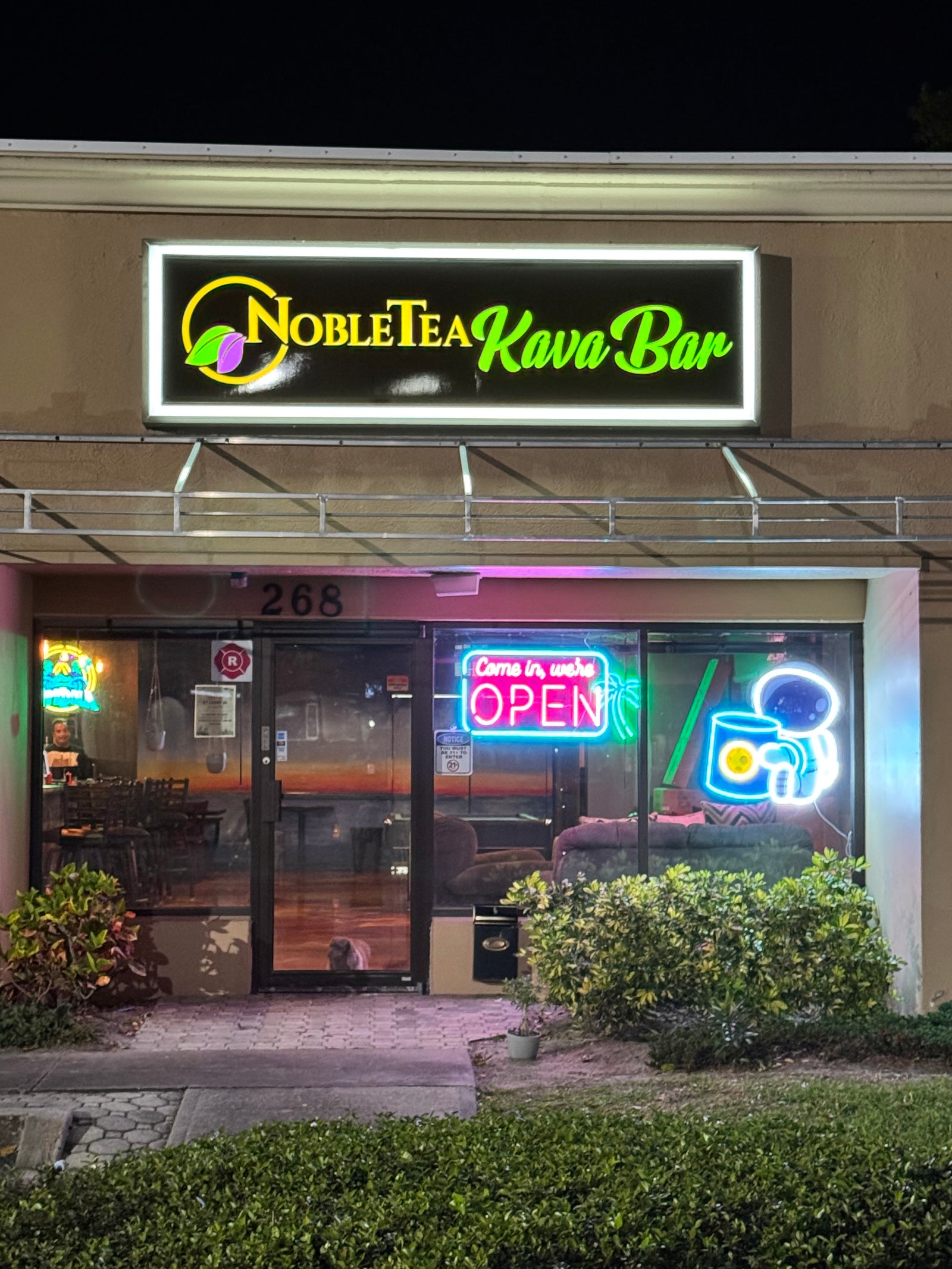How to Buy High Quality Kava

Kava is a beverage, a culture, and way of life in the Pacific. It has spread swiftly in Florida and should be shared elsewhere. Piper Methysticum is the scientific nomenclature for the kava plant. Kava has been made into a traditional ceremonial and ritualistic beverage in the pacific islands for thousands of years. Similar to how people in western countries gather and drink wine or alcohol: kava has become integrated into any social situation on the pacific islands. It helps people to destress and socialize in a very similar and vital way.
The Science of Kava
The traditional kava beverage is made by “washing,” or kneading, pulverized kava root powder, to release the active ingredients into the “brew.” Typically, water is used but some people prefer fatty alternatives like coconut-milk. This is because the active ingredients are fat-soluble and not water-soluble.
Generally, a traditional kava brew utilizes suspension, rather than dissolving the active ingredients into a homogeneous solution. That is why if you let kava sit long enough it settles a bit and needs to be agitated again to be mixed. Kavalactones, alkaloids, and flavokavains are the active ingredients.
The kavalactones in particular are the ones the industry knows the most about and presently pays the most attention to. Certain kavalactones can increase dopamine levels and/or affect GABA receptors, which produce its inviting effects. Some kavalactones last longer in your system, and sort of “build-up,” like Dihydromethysticin or Dihydrokavain. These kavalactones require larger doses to feel than some of the shorter lasting and faster acting kavalactones, like Kavain. Which may contribute to the next interesting fact.
Noble Kavas vs Non-Noble Kavas
Kava is said to have a reverse tolerance unlike most substances you might consume. Therefore, it is said that an individual may not experience the true effects of kava the first time. So, it is advised to have a larger or stronger dose for the first handful of sessions.
Noble kavas are considered to be higher quality and are traditionally used. Noble kavas start with either 2-(Dihydrokavain) or 4-(Kavain) at the beginning of the chemotype. A chemotype is a sort of chemical profile of the kava, based on the kavalactone proportions. Many of the issues arising today with consumption comes from people using non-Noble Kava or even mixing Noble Kava with lower quality kavas or contaminated kava. Otherwise, it is usually just a filtration issue.
Why Vanuatu is a Smart Choice of Kava
Vanuatu is said to be the birthplace and origin of kava. In 2008, the country passed an act banning the sale and export of non-Noble kava varieties, because there are additional negative side effects associated with them. This makes Vanuatu a smart choice when it comes to where to source your kava from. Still, most experienced kava-drinkers know that it is not the only place to get good kava from.
There is a type of “high performance thin layer chromatography technology” that can be used to test kava for flavokavains and kavalactones, to determine if a kava is of a Noble variety or not. The tests allow confirmation of the chemotype, but they also check that the kava is of a high quality.
“Kava quality refers to both the general quality of the material used, that is, the presence of contaminants and impurities which impact on the toxicological effects, as well as to the level and range of kavalactones which impact on the pharmacological effects. Both of these aspects of quality may impact on the overall safety of kava beverage consumption,” Kava Pg 6.
The above statement holds true today, but it is a lot easier to find quality kava in today’s market than when that quote was originally published, in 1989. This technology is actually being used today by most reputable kava distribution and retail companies, including ourselves. Noble Tea hopes that these test results can help guide us towards capitalizing on specific medicinal effects of the different kavalactone compositions in different cultivars.
Conclusion
Hopefully, this was a solid kava crash-course. If you have more questions, feel free to contact us via our Contact page. We will get back to you with our thoughts/opinions and any information we can share.












